Description
Oscar and Francisca Chacon of Las Lajas Micromill are third-generation coffee producers who are committed to quality and innovation and are probably best known for being among the first to produce Honey and Natural coffees in Costa Rica in the 2000s. Las Lajas began producing Honey coffees in 2008 after an earthquake cut off the mill’s access to water for several weeks. Oscar had heard that in Brazil and Ethiopia they use Pulped-Natural and Full Natural techniques to process coffees, so he tried it with his harvest that year.
The micromill is also one of the only certified-organic mills in the area, and the Chacons take their environmental impact very seriously. As average temperatures rise and weather patterns change, the Chacons are considering adding more shade trees to their farm to moderate the heat, and to add irrigation systems to combat the inconsistent rainy seasons Costa Rica has had the past few years. To mitigate their water usage, Oscar uses a Penagos demucilaging machine to depulp his coffee, which has cut the Chacon’s water consumption down to almost nothing.
Tasting Notes: A stellar fruit forward cup of coffee. Similar to the Black Soul Natural, this cup is smoother and more delicate but contains much of the same flavors as the Black Soul. Super clean, medium bodied with some decent acidity. Lighter roasts are a bit higher acidity giving some great sweetness and a stronger winy grape and red fruit tone balanced with a more malty dark tone, a coffee version of jellied toast. Medium roasts reduce some of the wild fruity aspects of the cup along with reducing the more acidic notes, but build much more of a malty chocolaty tone. The cup retains a more refined tart red fruit note (think cranberry) up until 2nd crack.
Roasting Notes: High chaff and will roast pretty even, much more refined roasting than the Black Soul Natural. High chaff is good to slightly reduce batch size, watch temp spikes on the air roasters, getting a lot of chaff blockage can increase temps and roast very quickly.
Harvesting and processing are overseen with great care by both Oscar and Francisca: During the harvest, Francisca measures the Brix of the cherry to determine the optimal ripeness, and picking will begin when the Brix reads about 22°. Harvesting by Brix reading is also helpful as newer varieties sometimes ripen to different colors: Using the refractometer helps keep the harvest at uniform ripeness, which is key when producing high-quality Naturals and Honeys.
The Chacons produce several different types of Honeys and Naturals: For their Honeys, 100% of the mucilage is left on the coffee, and the coffee is dried in different ways. Oscar believes that just as the roast profile will change the flavor of a coffee, the drying curve also has an impact. He wants the drying to happen slowly, which means that production is necessarily limited. “Every day I wake up I learn something new,” Oscar says about his study of the drying process.
The Chacons also do different Natural Processes.
Perla Negra (Black Pearl): Dries directly in the sun for 10 days, rotating constantly, then is transferred to bags and left for 2–3 days before being moved to raised beds.
Alma Negra (Black Soul): Drying starts on the patio, then coffee is piled overnight and spread out in the sun during the day.

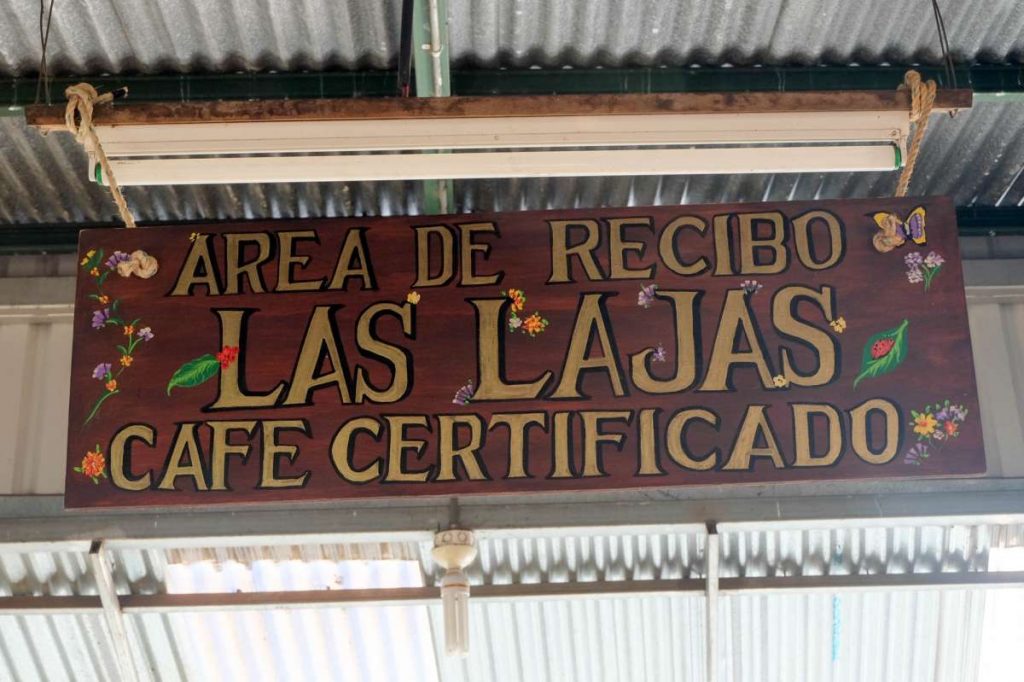
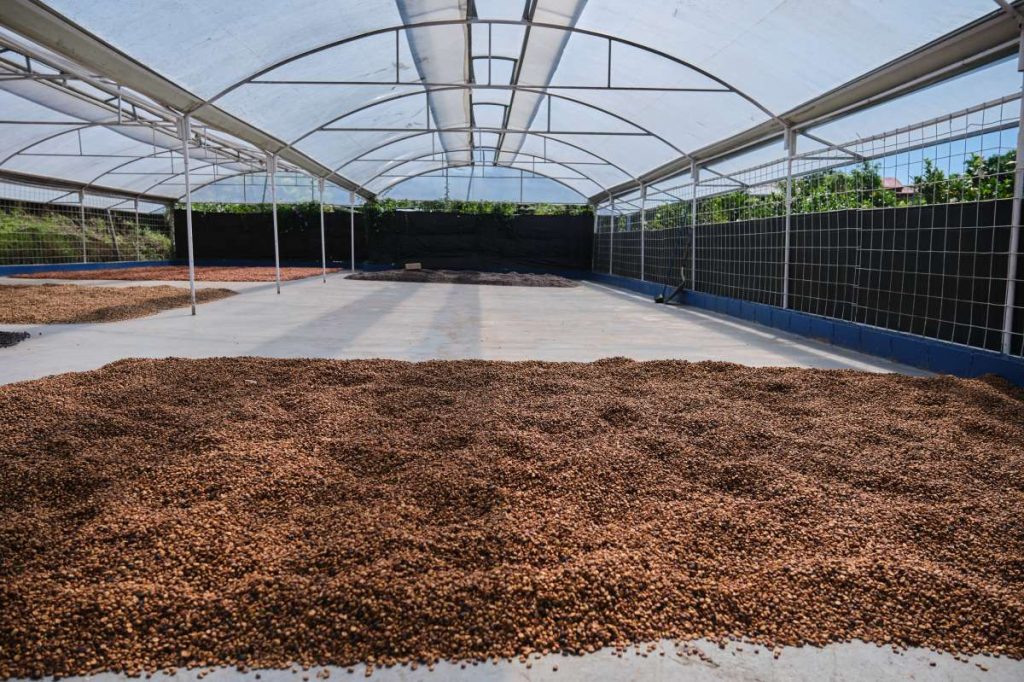

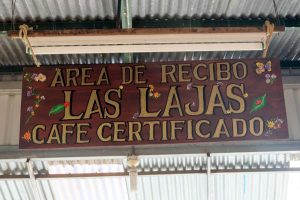
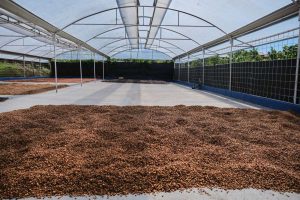
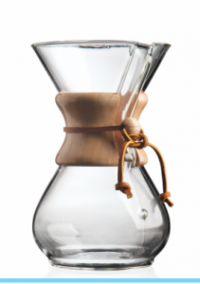
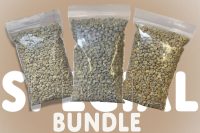


sonoitaheritagecoffee (verified owner) –
Well…. First time I’ve roasted coffee I dint really care for, pulled roast @ 415, so in the medium roast range, , nice beans overall, to me it had a heavy earthy midtone, low acidity nice aroma
Mark McCornack (verified owner) –
Rather surprised to see a 2 star review on this coffee. This in my go to coffee, when I can get it. It’s all a matter of what you like I suppose, and yes, it is “earthy”. There is also a floral component to it that I like. Nice natural, but you probably should like natural coffees for this to work for you.
Keith Crumpton –
Very unique coffee variety. I roasted at full city +, almost a medium dark. Wow! A licorice flavor, even when I roast to a medium light color, this bean has a complex style. I like to blend with other roasts for additional flavor. At first I was really surprised how different it was from any Costa Rican I have ever had. Cheers!